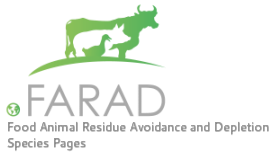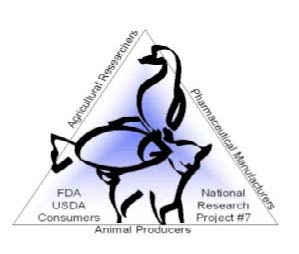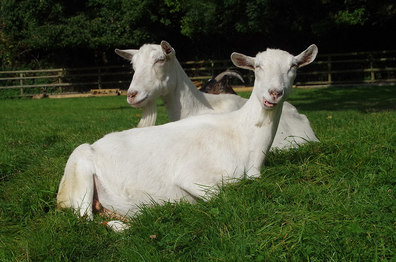Small Ruminants
It cannot be assumed that cattle withdrawal times can be applied to sheep and goats.
When extrapolating pharmacokinetic data between species, one should be aware that (1) this is not necessary a linear process; (2) target tolerances or MRLs may vary across species and (3) clinical outcomes can vary. For these reasons, estimation of a withdrawal interval of a drug across species should be approached with extreme caution and the veterinarian should consult with FARAD. Below are examples of suboptimal clinical outcomes:
Age can also be a factor in the elimination of drugs.
|
|
Extralabel Drug Use in Small Ruminants
Prescribing an extralabel drug to a small ruminant?
|
Medicated Feed Use in Small Ruminants
Writing a VFD for a minor species?
|





